- 01 What Is Niacinamide Serum?
- 02 Niacinamide Serum Benefits For Skin
- 03 How To Use Niacinamide Serum In Your Skincare Routine
- 04 When To Use Niacinamide Serum
- 05 Best Niacinamide Serum For Different Skin Types
- 06 Expert Dermatologist Tips For Maximising Niacinamide Benefits
- 07 Ingredient Pairing Guide: What Works With Niacinamide Serum?
- 08 Side Effects Of Niacinamide Serum & How To Avoid Them
- 09 FAQ
Niacinamide is not a new player in the skincare game. In fact, in the last few years, it has honed its title for being one of the most versatile skincare ingredients to include in your routine, making it a Holy Grail choice for many. The most popular of the lot? Niacinamide serums — they suit most skin types and work synergistically with other active ingredients too. Lightweight, non-sticky, and oh-so-effective, niacinamide serums get the job done without leaving a trace. But what makes them such a versatile choice to add to your routine? Here's what the experts have to say.
01What Is Niacinamide Serum?
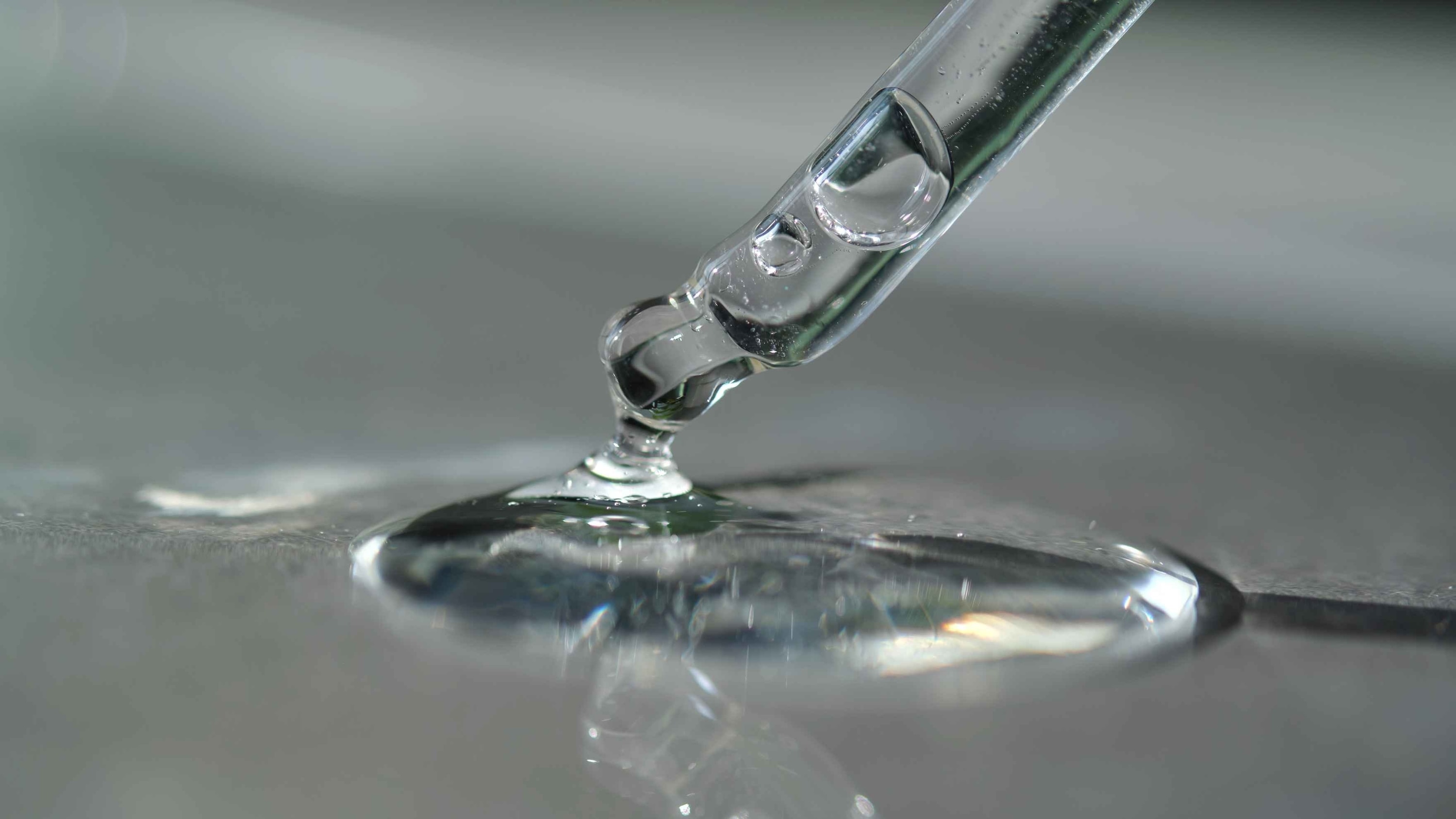
Repeat after us, ni-a-sin-a-my-d . While it might be a mouthful to say, this skincare ingredient is actually quite straightforward. "Niacinamide, a form of vitamin B3, supports essential cellular processes in the skin," explains Dr Rinky Kapoor, dermatologist, director, and co-founder, The Esthetic Clinics. "It improves barrier function by increasing ceramide production, which helps the skin retain moisture and resist irritants." Additionally, a niacinamide serum helps regulate sebum production and reduces inflammation, making it helpful for acne-prone skin.
What makes niacinamide serums so popular is their multi-tasking abilities, says Dr Bindu Sthalekar, celebrity dermatologist, founder and medical director, Skin Smart Solutions. "It strengthens the skin barrier, reduces inflammation, balances oil production, and improves overall skin tone and texture. It's gentle yet effective, and plays well with other ingredients, making it easy to add to most routines without worry."
02Niacinamide Serum Benefits For Skin
Niacinamide, in general, is quite a tolerant ingredient for many skin types. From keeping oiliness at bay to fading away spots to brightening dull skin, the benefits of a niacinamide serum for skin are many, and here's a deep dive into what it can do.
1: Controls Oil & Minimises Pores
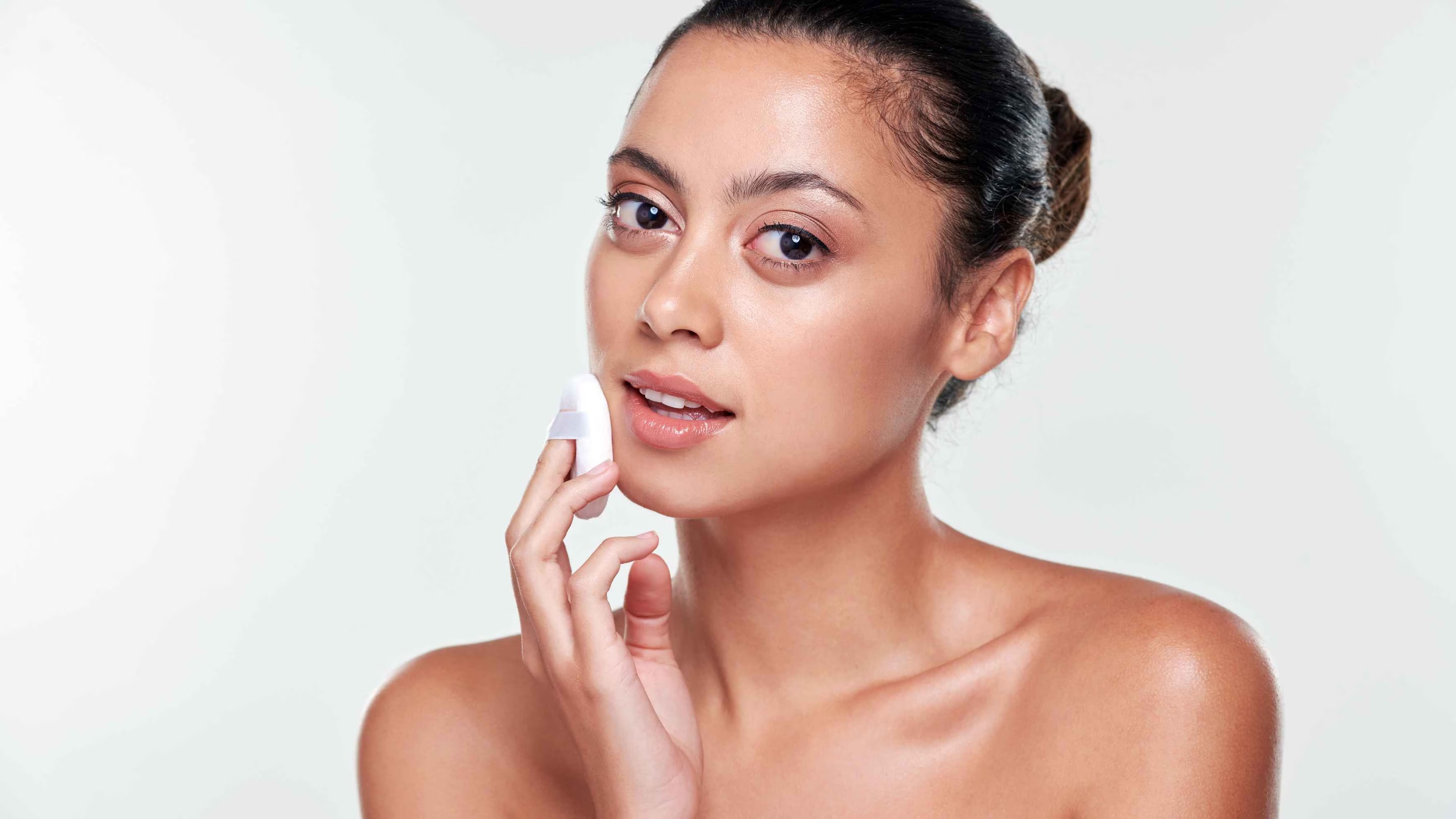
Niacinamide helps regulate sebum production, reducing shine and greasiness. Balanced oil levels mean smaller-looking pores and fewer chances of future breakouts or blemishes.
2: Fades Dark Spots & Pigmentation

It inhibits melanin transfer to skin cells, helping fade dark spots and uneven pigmentation. At the same time, it supports collagen production, leaving skin brighter, firmer, and more even-toned.
3: Soothes & Repairs

Niacinamide calms redness, reduces inflammation, and strengthens the skin barrier — especially helpful for irritated or stressed skin.
4: Safe for All Skin Types

Its non-comedogenic and anti-inflammatory nature makes it suitable for everyone — oily, acne-prone, sensitive, or combination skin included.
"It acts like a quiet multitasker that strengthens and balances your skin over time," adds Dr Kapoor.
03How To Use Niacinamide Serum In Your Skincare Routine
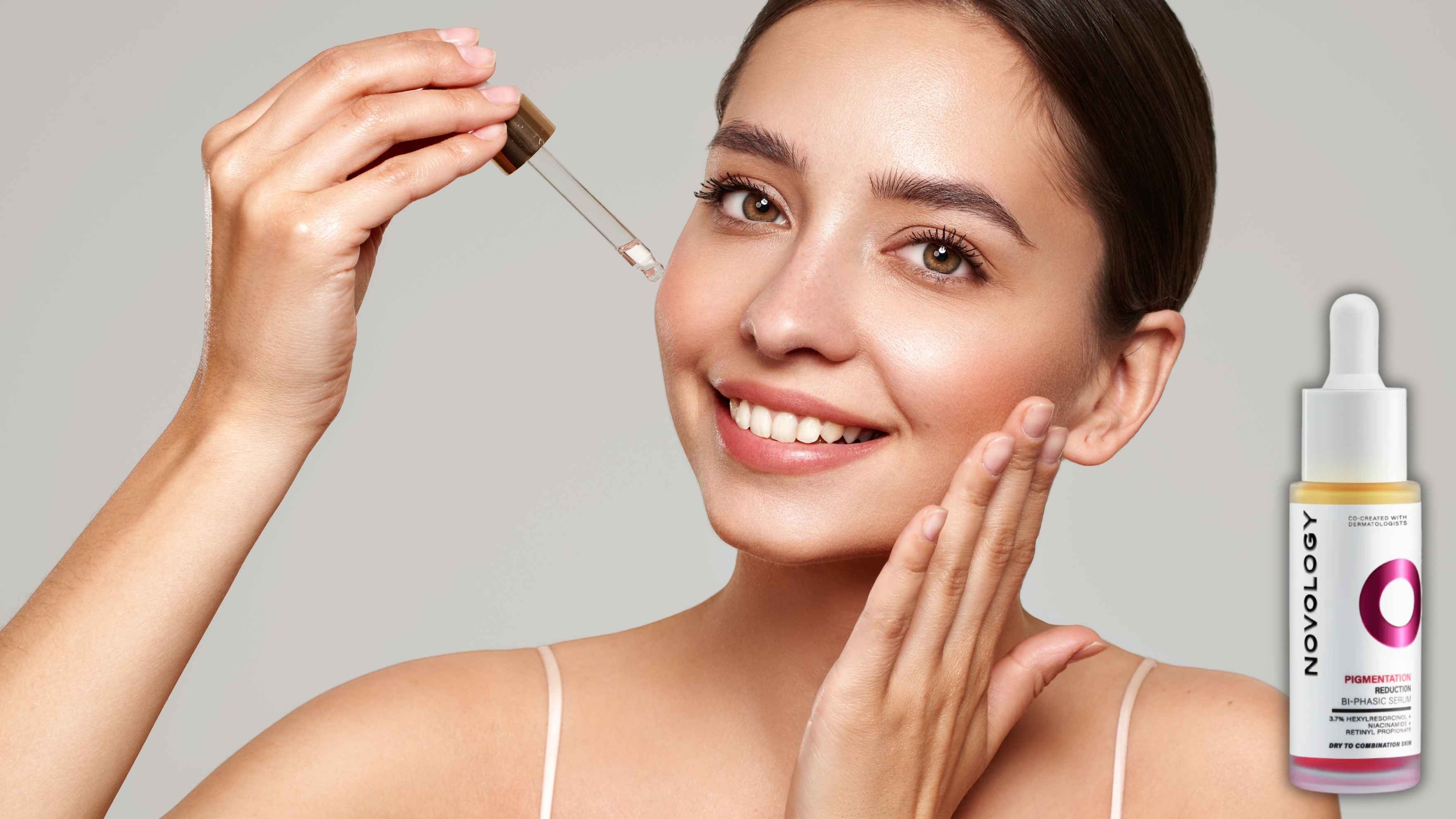
Just like any serum, niacinamide should be applied after cleansing (and toning, if that's your thing) and before moisturiser.
Cleanse:

Start by washing your face with a gentle cleanser to remove oil, dirt, and buildup from your skin.
Tone:
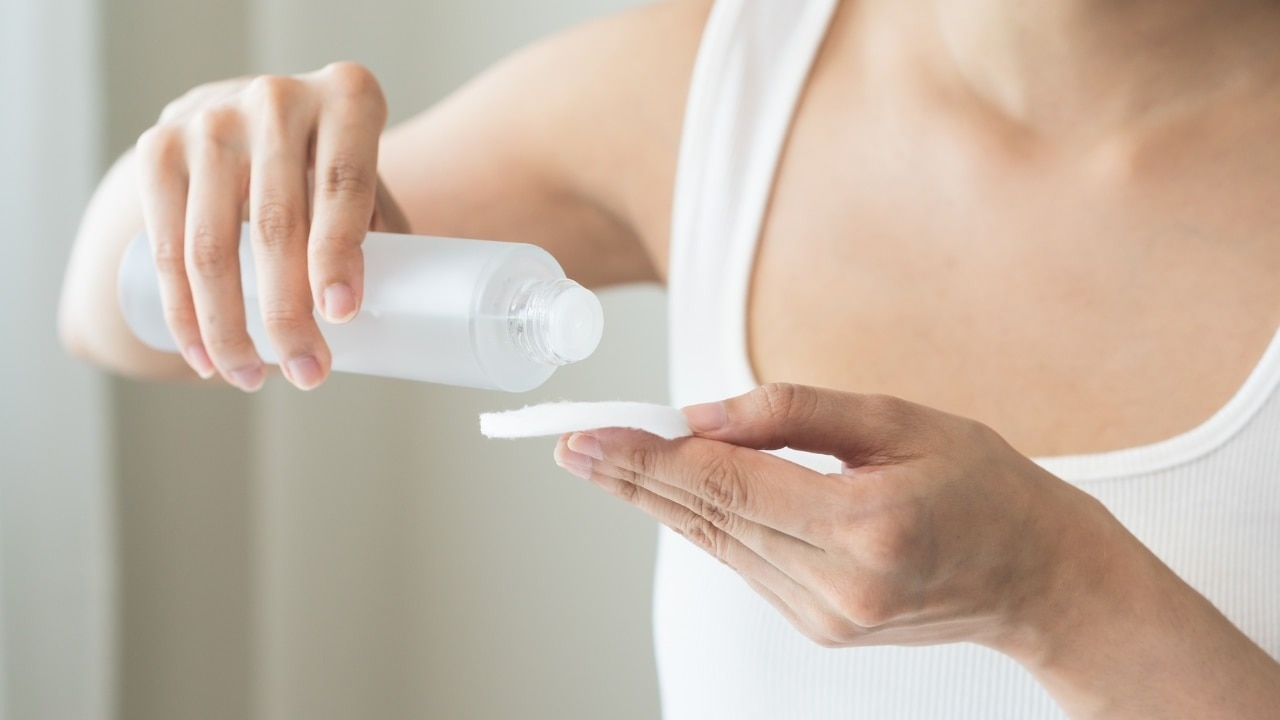
Apply a toner to refresh your skin and help improve serum absorption. This step can help prep your skin but is not essential for everyone.
Apply Serum:
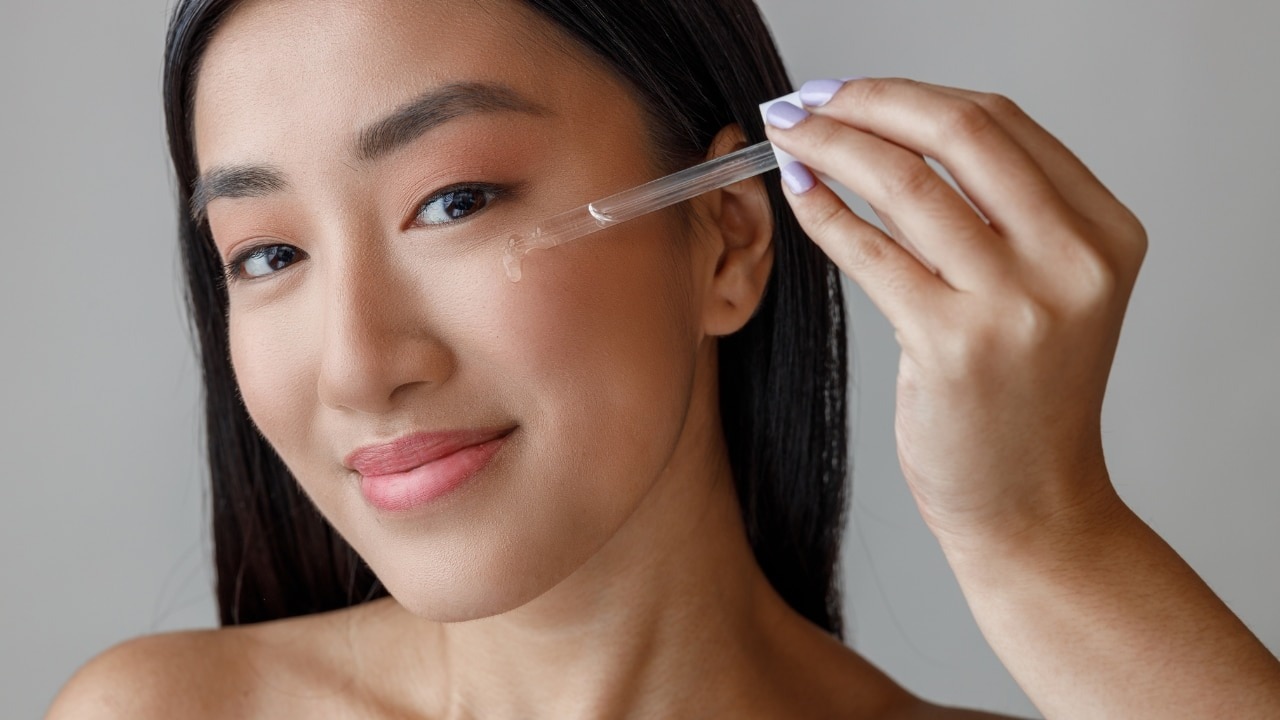
Dispense a few drops of niacinamide serum onto your fingertips—about 2–3 drops are enough.
Pat onto Skin:

Lightly press or dab the serum into your face and neck. Avoid rubbing and steer clear of the delicate eye area.
Wait:

Let the serum absorb into your skin for 1–2 minutes before moving on to the next step.
Moisturize:

Apply a lightweight or hydrating moisturizer to seal in the serum and nourish your skin.
Sunscreen (Morning):
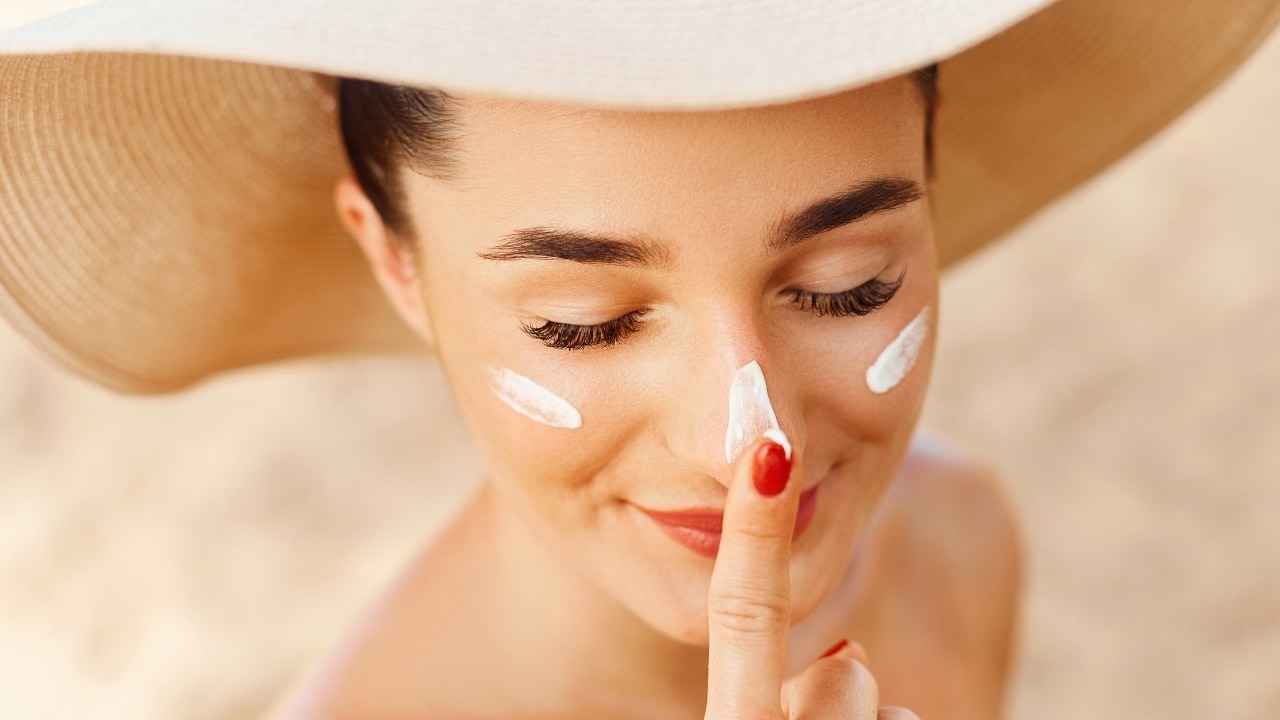
If you're applying it in the morning, finish with a broad-spectrum SPF 30 or higher to protect your skin throughout the day.
Application Tips by Skin Type

Dry Skin:
Use a hydrating cleanser and follow your niacinamide serum with a rich, creamy moisturizer. Look for products containing ingredients like ceramides or hyaluronic acid to boost hydration and barrier support.
Sensitive Skin:
Patch test the serum before full use. Choose formulations with lower niacinamide concentrations (around 5%) to minimize potential irritation. Follow with a soothing moisturizer free of fragrance or alcohol.
Combination Skin:
Focus the serum on areas that tend to be oily or prone to breakouts, such as the T-zone. Use a lightweight, non-comedogenic moisturizer to balance hydration across your face.
Normal Skin:
Apply the serum evenly across your face and neck. Maintain consistency in your routine to help preserve your skin's natural balance and prevent future concerns.
04When To Use Niacinamide Serum

One of the greatest advantages of using a niacinamide serum is its versatility — it seamlessly fits into both your morning and evening skincare routines and is safe to use with most ingredients. For oily skin, however, morning is ideal for oil control and antioxidant protection all through the day.
For dry and sensitive skin, use niacinamide serum both morning and night, but if you had to pick one, nighttime is best, as it helps repair the skin barrier and lock in moisture while you sleep.
05Best Niacinamide Serum For Different Skin Types
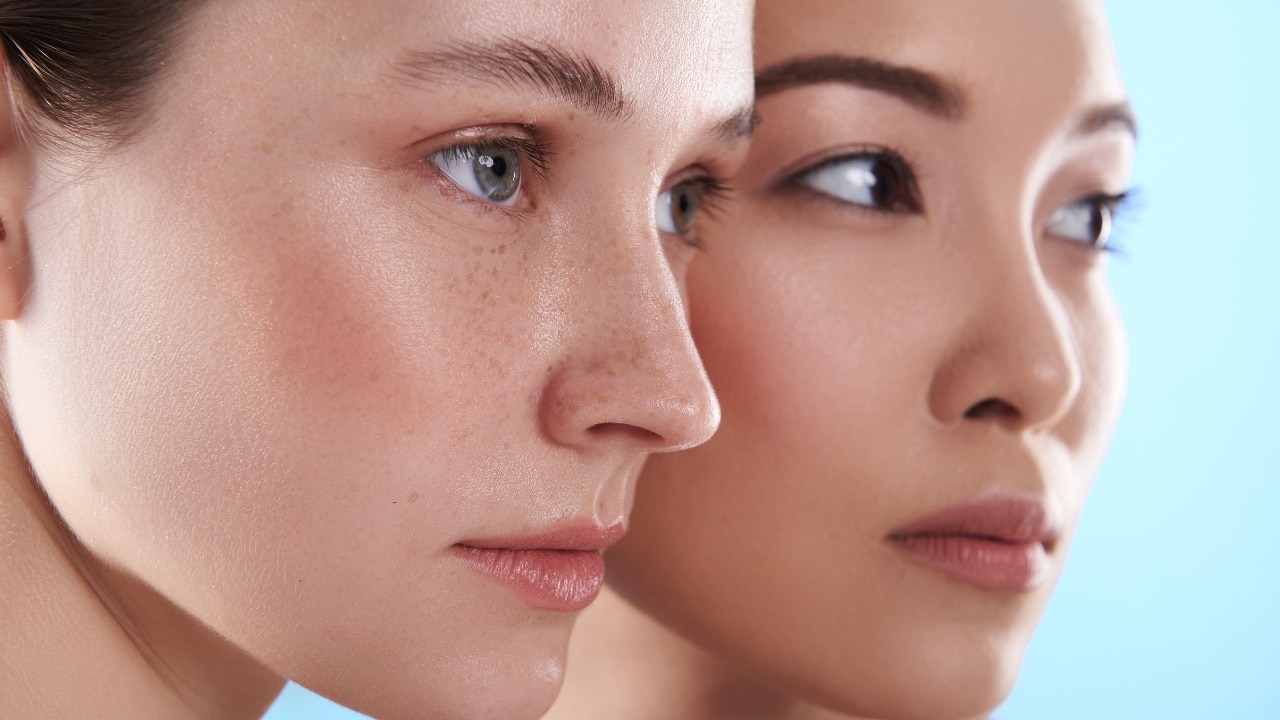
For Acne-Prone Skin
One of the original Niacinamide Serums, The Ordinary Niacinamide 10% + Zinc 1% serum features a water-based formula that helps regulate oil, boost skin brightness, improve texture, and strengthen the skin's barrier. The zinc content present in this serum makes it ideal for acne-prone skin, as it is a great antibacterial and anti-inflammatory for active breakouts, too. You can pair this one with salicylic acid, too.
For Hyperpigmentation And Overall Glow
The Novology Bi-Phasic Hyperpigmentation Serum is a great option to consider — it combines the benefits of niacinamide with targeted brightening ingredients, making it a solid choice for fading dark spots while strengthening the skin barrier. It's also a great addition to counteract any reactions from active ingredients like retinol or vitamin C.
For Sensitive Skin
Formulated with 4% niacinamide and 2% Tranexamic acid, Skin1004's Madagascar Centella Tone Brightening Capsule Ampoule is perfect for those with sensitive skin. Why? Because of its hero ingredient, Centella Asiatica, which is known to hydrate and soothe any sort of irritation intensely. In combination with niacinamide and tranexamic acid, this product reduces acne, dryness, signs of ageing, regulates sebum production, and tackles and fades spots and hyperpigmentation.
06Expert Dermatologist Tips For Maximising Niacinamide Benefits
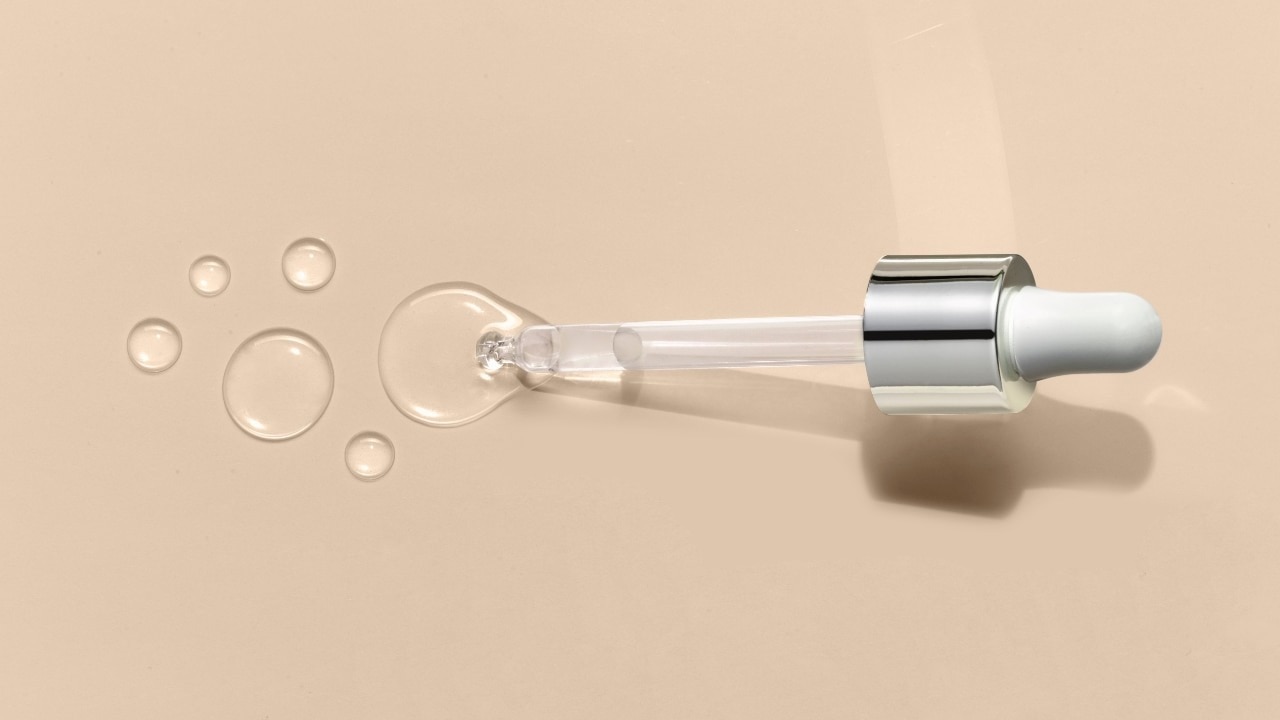
Want to make the most of your niacinamide serum? Here are some expert-backed tips that will help you get there.
#1: Start Slow
As with any skincare active, it's important to slowly introduce niacinamide into your skincare routine. Opt for lower concentrations and work your way up, as your skin gets used to it.
#2: Always Apply To Clean Skin
Make sure to apply your niacinamide serum to a clean canvas. This will increase the chances of absorption.
#3: Layer Smartly
Niacinamide is one of those ingredients that gets along with most actives. You can pair it with hydrating ingredients like hyaluronic acid to increase hydration, salicylic acid to treat acne, or azelaic acid to tackle pigmentation. It works synergistically to show you results. That said, avoid pairing it with ingredients of higher concentrations, as this may lead to potential irritation.
#4: Don’t Forget To Protect
While niacinamide can help protect the skin from UV damage, it still needs to be protected from the sun. To maximise the benefits of niacinamide serum for skin, please ensure that you wear SPF during the daytime.
#5: Consistency Is Key
No active ingredient is a miracle worker that shows results overnight. You need to be consistent with the application to see visible results, so be patient.
#6: Be Mindful
While niacinamide is a well-tolerated inredient, high concentrations can cause temporary redness or inflammation for some. A patch test is always advisable before testing out a new product. In case of irritation during use, experts suggest reducing frequency or temporarily discontinuing.
#7: Pay Attention
Everyone's skin is different, so it's important to listen to what it's trying to say and tweak your skincare routine accordingly.
07Ingredient Pairing Guide: What Works With Niacinamide Serum?
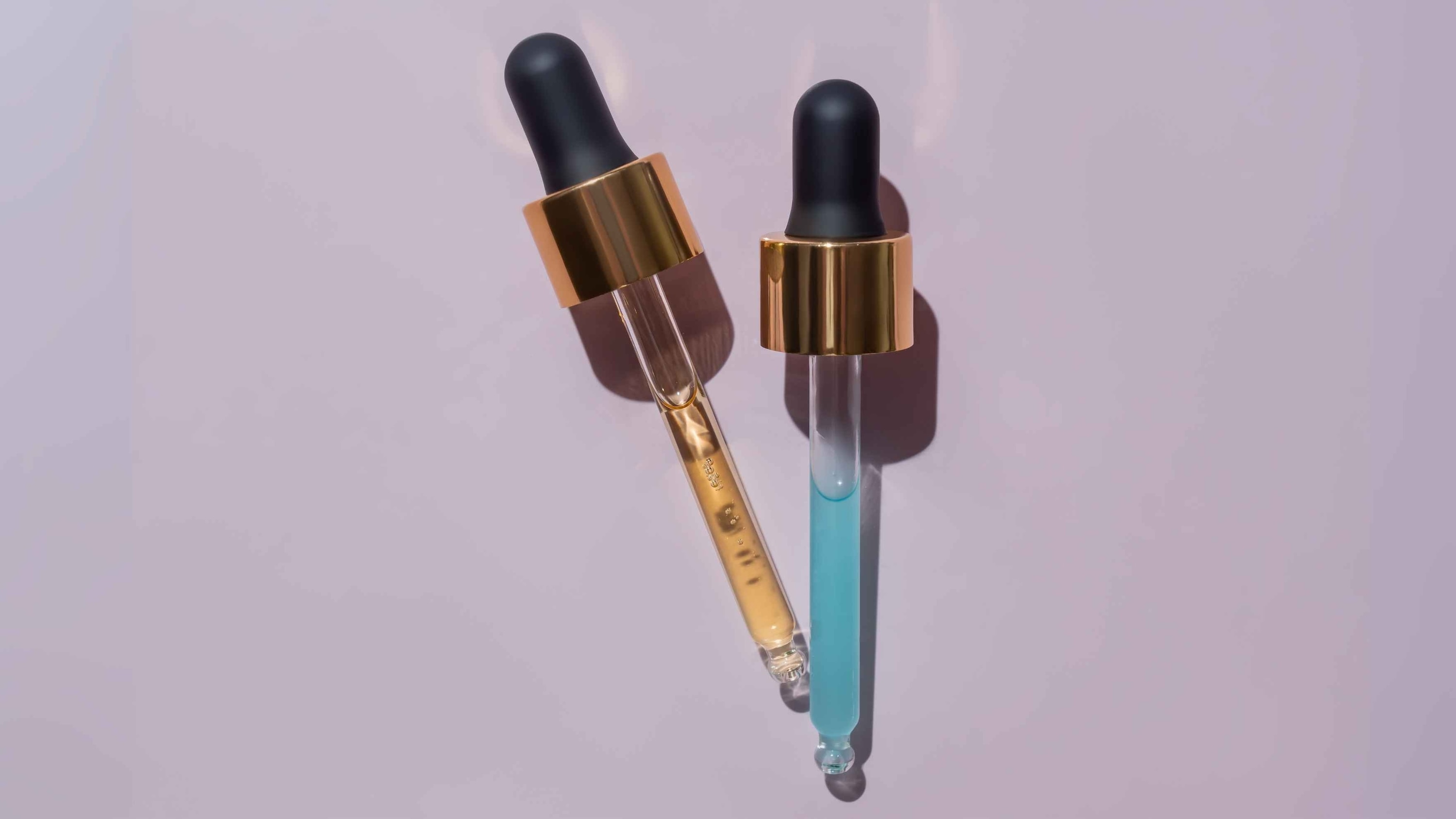
The good news? Niacinamide is fairly compatible with most skincare actives, without disrupting the skin's pH. Depending on your skin type and the skin concerns you're trying to combat, here's what you can follow.
Niacinamide + Hyaluronic Acid:
This combination provides deep hydration, as hyaluronic acid draws moisture into the skin while niacinamide helps strengthen the skin barrier and lock in that moisture.
Niacinamide + Salicylic Acid:
When used together, niacinamide and salicylic acid help control acne and unclog pores. Salicylic acid exfoliates inside the pores and reduces excess oil, while niacinamide soothes the skin and regulates sebum production.
Niacinamide + Retinol:
Pairing niacinamide with retinol helps reduce the irritation, dryness, and inflammation often caused by retinol. Niacinamide supports the skin barrier, making retinol more tolerable over time.
Niacinamide + Tranexamic Acid:
This combination is effective in reducing pigmentation, including dark spots and melasma. Tranexamic acid targets melanin production, while niacinamide helps reduce inflammation and pigment transfer within the skin.
Niacinamide + Vitamin C:
Using niacinamide with vitamin C can help reduce inflammation, brighten dull skin, even out skin tone, and diminish the appearance of fine lines and wrinkles. Both ingredients offer antioxidant protection and support overall skin health. "If you're using actives like retinol or AHAs at night, apply niacinamide afterwards to help reduce irritation and rebuild your skin barrier," suggests Dr Sthalekar. _Word of advice: Space actives across your AM and PM routines, introduce one ingredient at a time, and always follow up with a barrier-repairing moisturiser to avoid irritation. _
08Side Effects Of Niacinamide Serum & How To Avoid Them

Niacinamide serums are usually well-tolerated; however, the experts warn that some people may experience mild flushing or tingling if they are used in very high concentrations of 10 per cent or more. "This is due to its effect on histamine release," says Dr Rinky Kapoor.
"If you have rosacea or super-reactive skin, start with a lower strength — 2 to 5 per cent — and work your way up," recommends Dr Sthalekar.
If niacinamide were a person, it'd be the cool BFF that always showed up no matter what — it is clearly the all-rounder your skincare routine needs. From reducing the appearance of enlarged pores to oil control, to fading dark spots and pigmentation, this elixir does it all. Adding a niacinamide serum into your routine not only provides you with immense skin benefits but also synergistically works with other skincare ingredients to leave your skin with a healthy, long-term glow.
09FAQ
What is niacinamide?
Niacinamide is a form of vitamin B3, a water-soluble skincare ingredient that aids in calming, brightening, smoothing, and strengthening the skin barrier. It has multiple skincare benefits, including oil control, shrinking enlarged pores, fading pigmentation, and brightening dull skin.
What does a niacinamide serum actually do?
Niacinamide serums help reduce the appearance of pores, regulate sebum production, calm inflammation and redness, even out skin tone and tackle dullness, and strengthen the skin barrier.
Will niacinamide break me out?
No, niacinamide is a non-comedogenic ingredient that doesn't clog pores. As a matter of fact, it helps treat active breakouts and prevents future ones from occurring.
Can I use niacinamide with other skincare ingredients?
Niacinamide pairs well with most skincare ingredients, including retinols, AHAs and BHAs, vitamin C, and hyaluronic acid. It actually counteracts the irritating effects of harsher ingredients.
How often can I use niacinamide?
You can use a niacinamide serum daily as part of both your AM and PM routine — it won't irritate the skin.
What percentage of niacinamide should I use?
Experts recommend 2-5 per cent of niacinamide for most people, especially for those with rosacea or super-reactive skin. Some niacinamide serums go up to 10 per cent, but it's always safer to start with smaller concentrations to avoid any adverse reactions.









